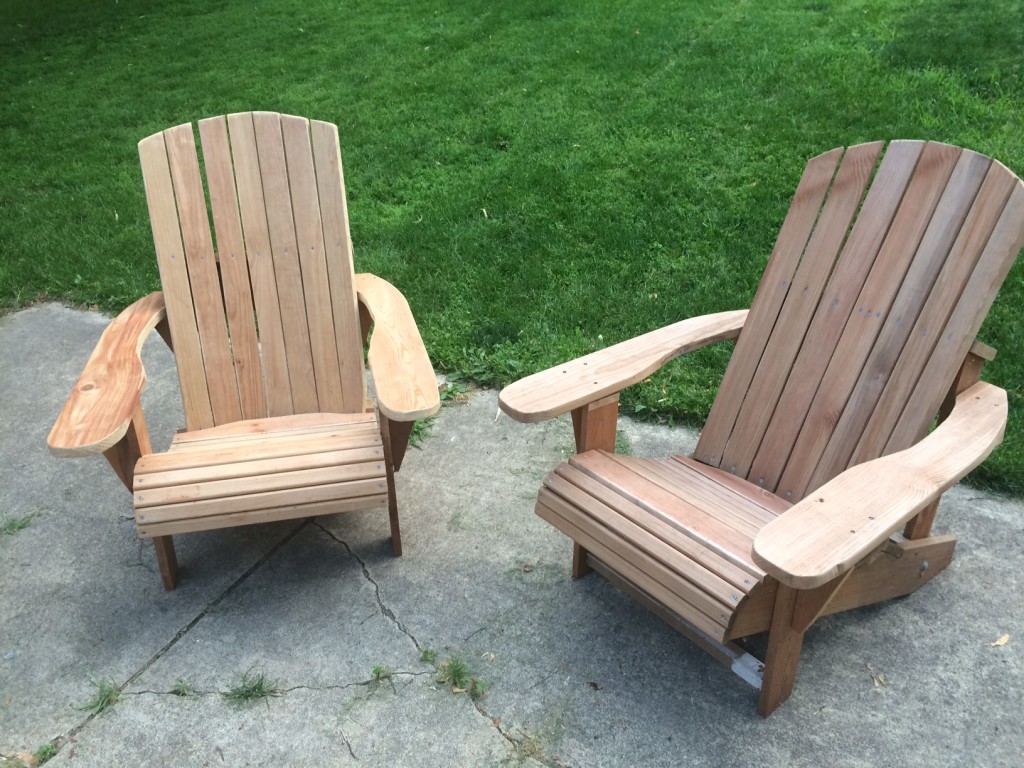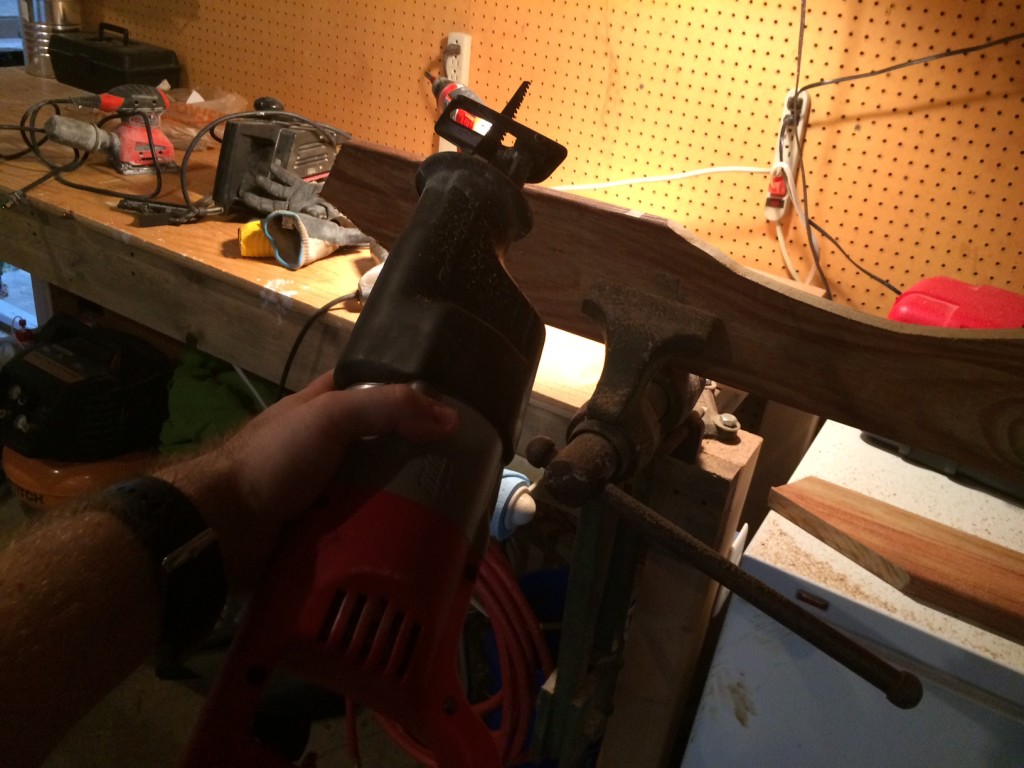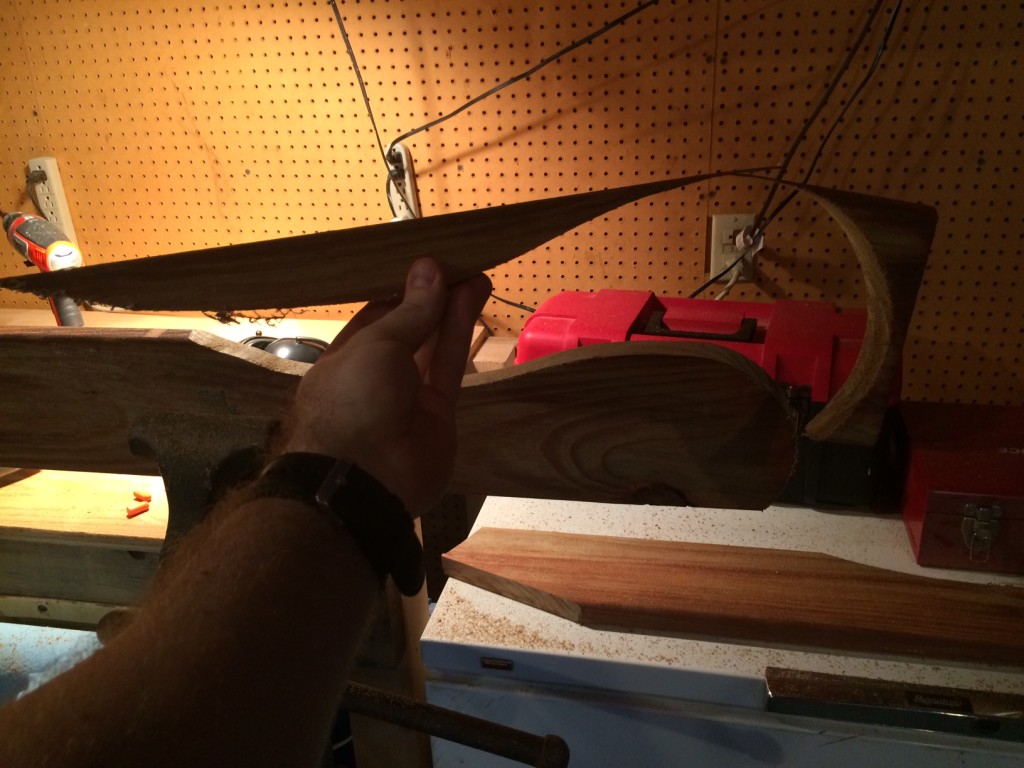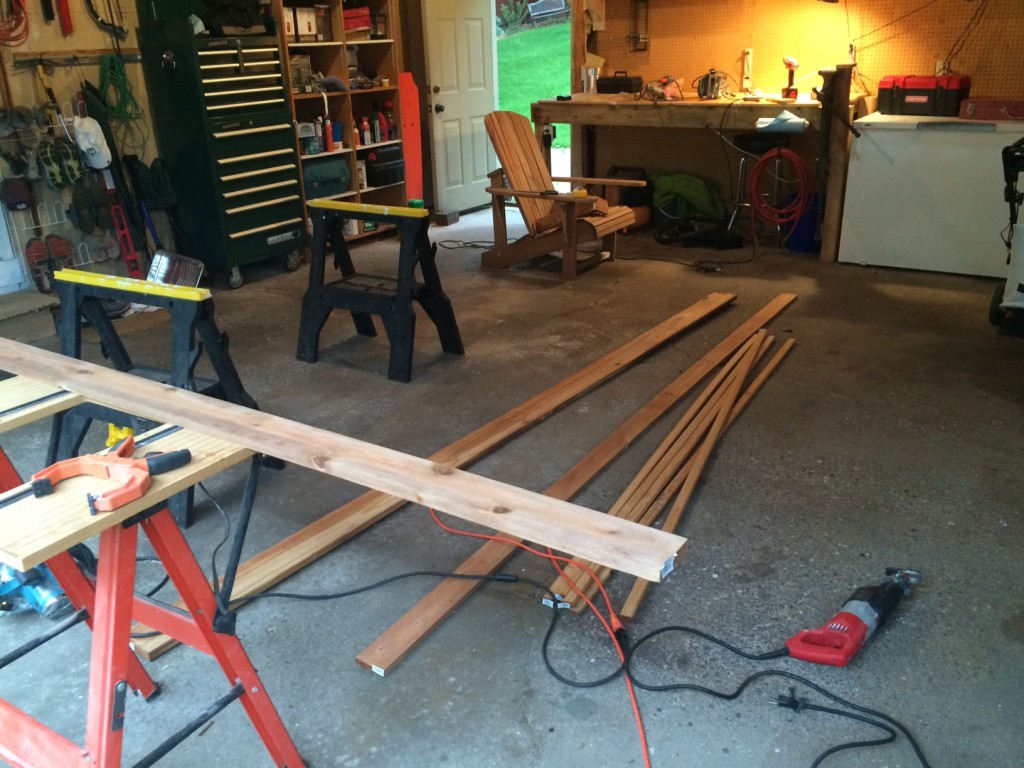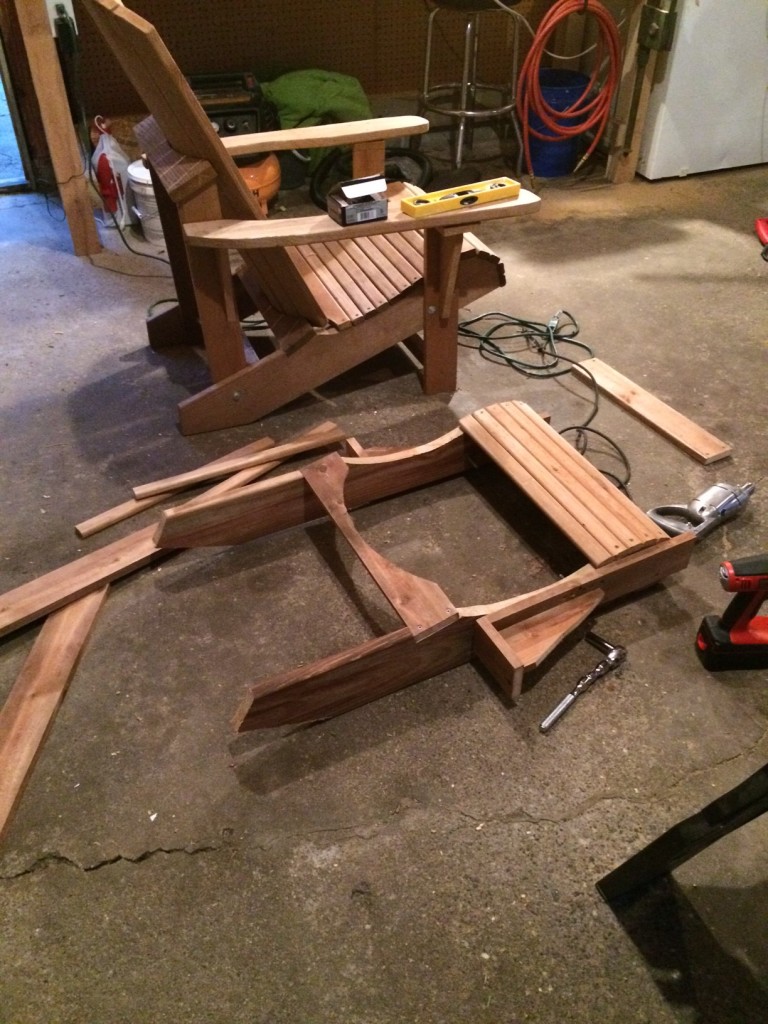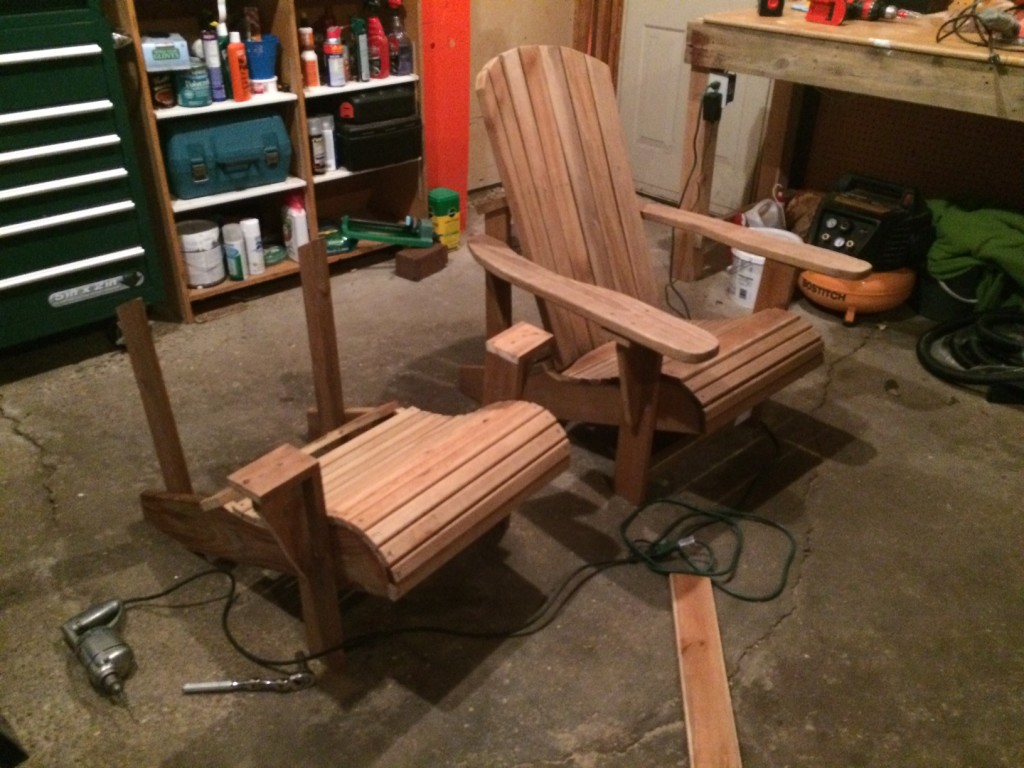By Mike,
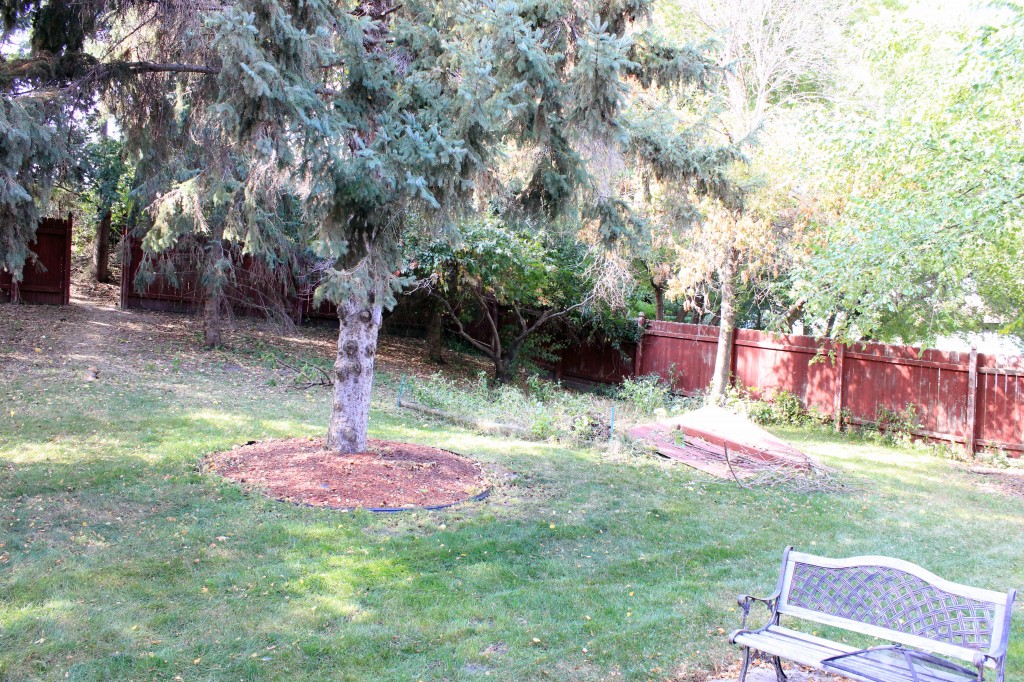
August 2013, prior to fence and tree removal, when the lawn was in rough shape
I thought I’d begin this post with a look back at what the backyard looked like when we moved in. Since 2013, we have removed at least 8 trees and several bushes. We removed the garden and have spent several seasons tending to the grass.
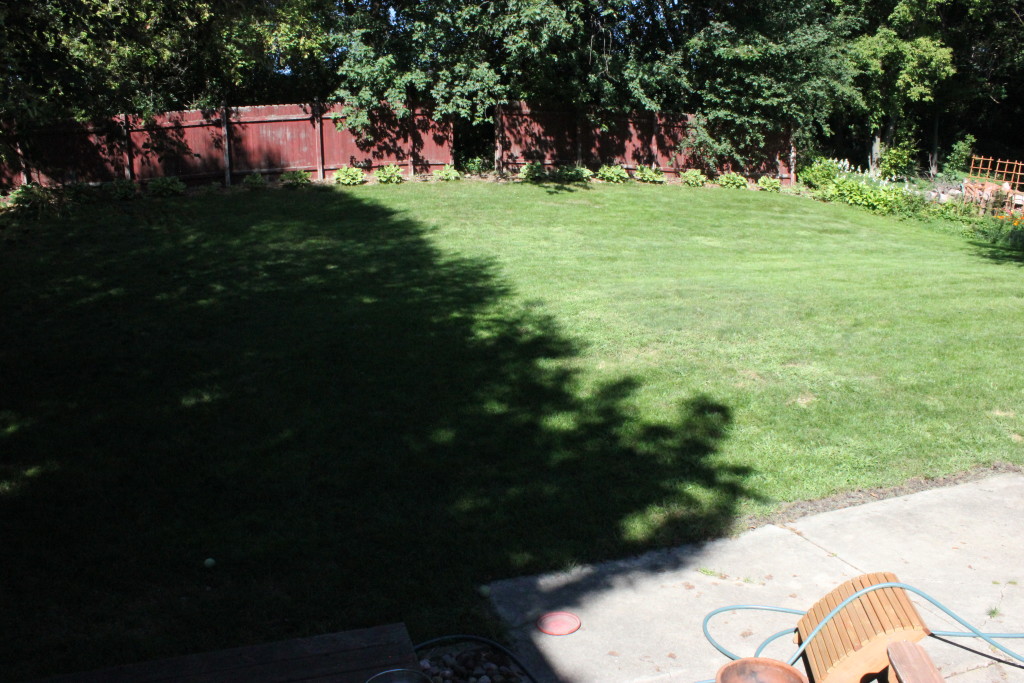
The picture above is what our yard looks like as of August 2016. The tree shadow in this midday sun is an example of the complexities of this yard. Half of it gets a lot of sun, while the other half gets mostly shade. The grass in the sunny area is very healthy and thick, other than a crabgrass issue I’ll discuss in a moment. Towards the beginning of the summer, however, the shady area was being taken over by clover patches. When we took a week-long vacation, I treated the area with a spray to kill the clovers and also used a 2,4D broadleaf weed killer just because I had the opportunity to use it. If you click the links, you’ll see the spray bottles I used, which are very easy to hook up to a hose and apply.
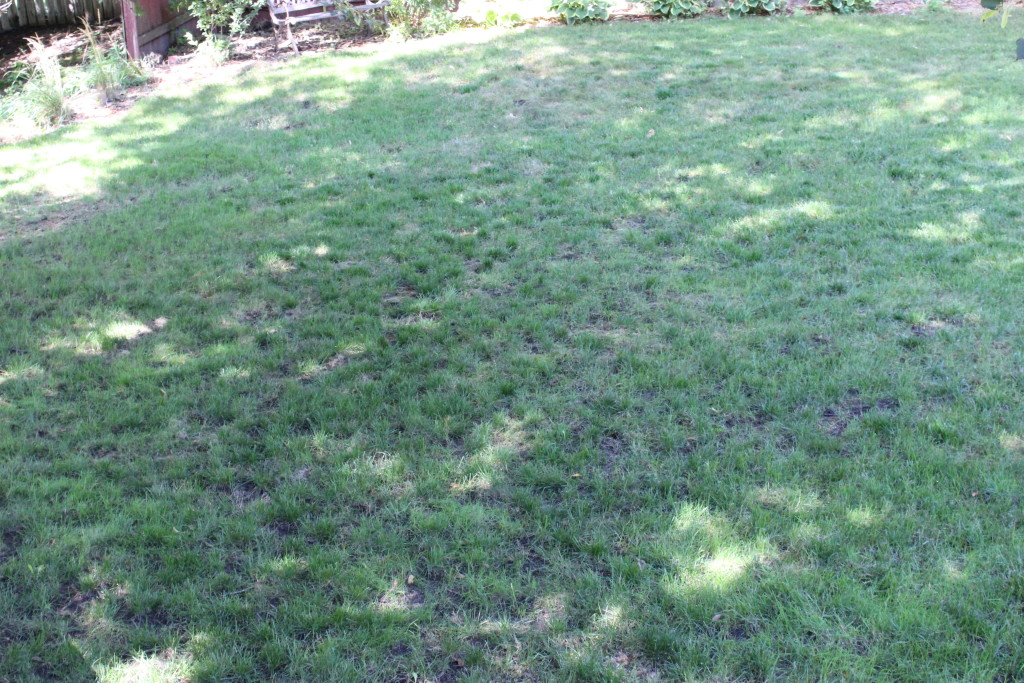
You can see the weed killer left behind a mess of grass-less patches in the shadowy area of the yard. A couple of days ago, I threw down a bag of grass seed I picked up from Menards that says it works in the shade. It comes with fertilizer and mulch and I am hoping it will do the trick without having to till up the entire yard.
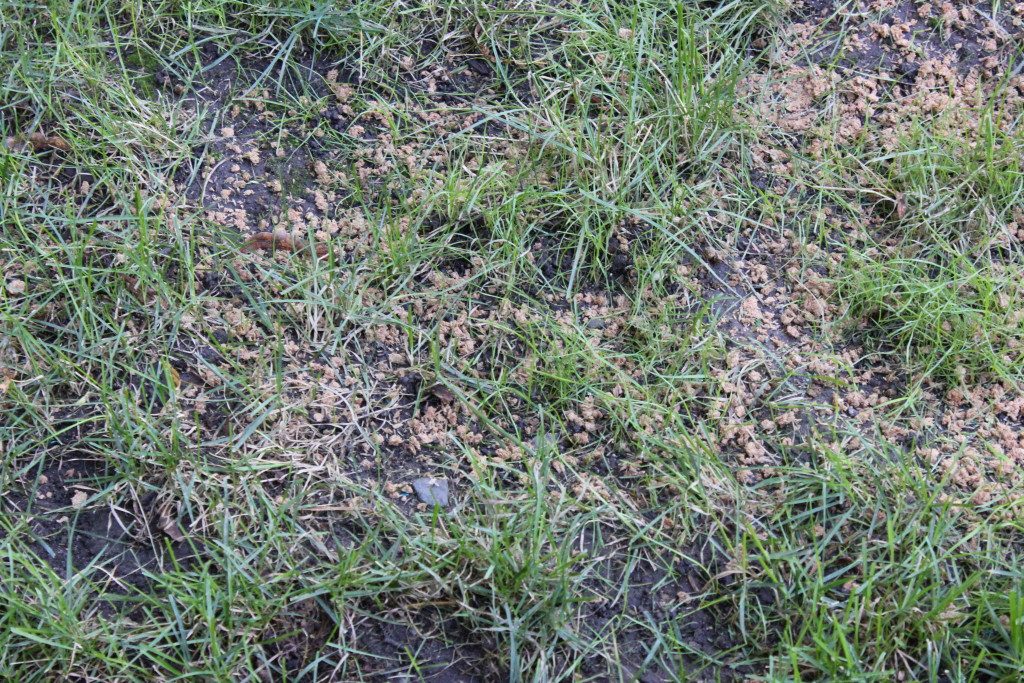
The grass seed mix with fertilizer and mulch. Hoping it fills in the patchy areas in the shade.
The other big issue I am dealing with in the backyard is crabgrass. The stuff seems like it shot up while we were on vacation and spread FAST! It grows the most in spots where we had trees removed, which makes me think the soil isn’t very healthy yet. I have been pulling it out sporadically when I mow the lawn. I’ve been reading that mowing a little more often could help, but also plan to use something to prevent the crabgrass next spring.

The crabgrass is at the bottom. The healthy lawn is on the top.
All of this grass maintenance also comes with the constant struggle of an 80 pound dog who likes to dig, and do other business. Overall, we are very pleased with the progress of the lawn in just a few short years. It’s green and that’s the important thing. In the coming years, watch for updates on the other grand plans for our backyard, including a retaining wall and patio.
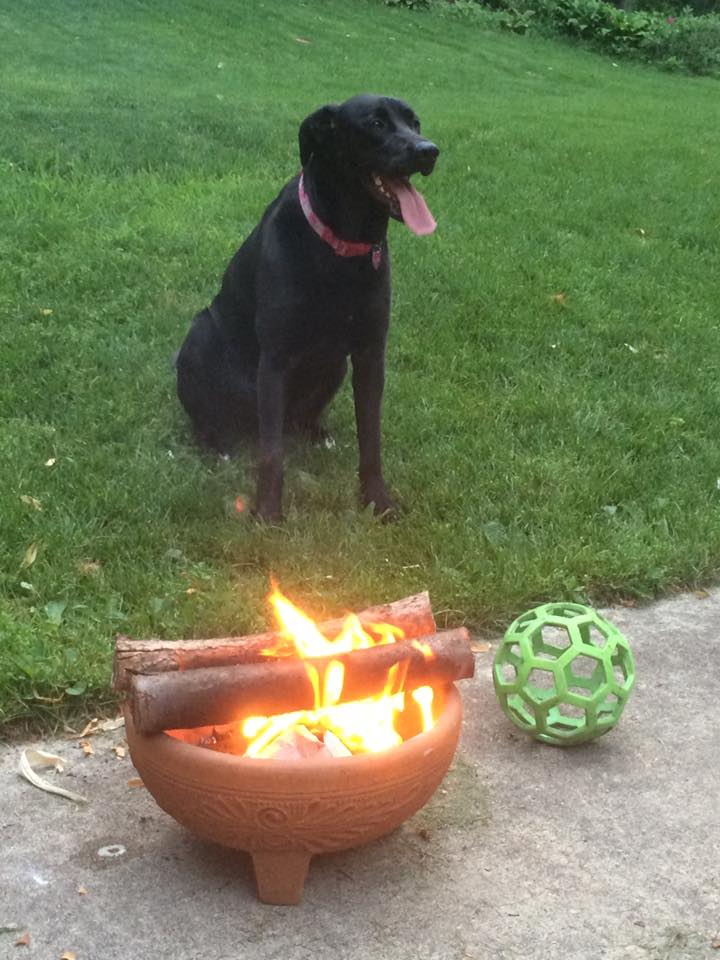
Winnie after what was almost certainly a fun-filled day
